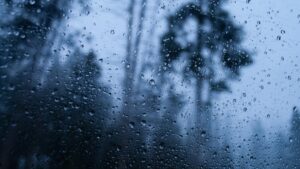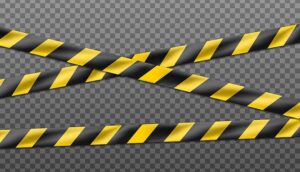Fiji’s Water Authority says a planned project for Sawanikula village that will include the development of a dam on a new catchment will commence in 2022, however cannot say the same for Waibasaga village.
WAF Chief Operating Officer Seru Soderberg said Sawanikula project is covered as part of WAF’s outsourced projects and that works are scheduled to commence in 2022, but in the case of Waibasaga, no requests for a survey nor any communication about issues residents face have been made to the local water authority.
As such he is requesting residents of Waibasaga to follow proper processes which requires they raise and highlight their concerns to the Roko Tui Office or the Provincial Administrator’s office first.
On the project at Sawanikula village: Soderberg said: “The project [also include] the construction of a Ferro cement tank, trenching, pipelaying, and the installation of service connections for 50 standpipes and showers.
“Due to the COVID-19 pandemic, the project was initially delayed. Now, while we have already engaged an external contractor, work still cannot proceed until the contract has been finalised and handed over. Once the project commences, barring any major weather conditions or other unforeseen circumstances that may delay works, we are estimating a timeline of at least 16 weeks for completion.
“In the case of Waibasaga Village, our teams have not yet received any request for a survey to be conducted from the village and neither are we aware of the residents facing any issues. We do, however, encourage the residents to raise and highlight the issue to the Roko Tui’s Office or the Provincial Administrator’s Office first – which is the proper channel to follow with regard to requests for developments within a respective area – who will then pass it on to our teams.”
Soderberg reminded members of the public that for rural projects, WAF is only an implementing agency and that the operation and maintenance of the facilities are the responsibility of the individual water committees.
“This includes the regular cleaning of the dam and catchment areas in an effort to minimise contamination of the water source as this would impact the quality of water received and lead to water borne diseases. Careful and diligent management of the water catchment and regular cleaning of the dam are essential for reducing the presence of insects and other contaminants.”








